Albufeira

Central on the Algarve coast and only 40 minutes away from the Faro airport, Albufeira has been the most popular holiday destination in the south of Portugal since the 1970s. Originally a fortified Roman town, and for centuries a typical algarvian fishing village awash with simple white houses and the smell of grilled sardines, this picturesque location is now a thriving tourist town offering activity and diversion day and night, and surrounded by a host of beautiful beaches.
Alcacer do Sal
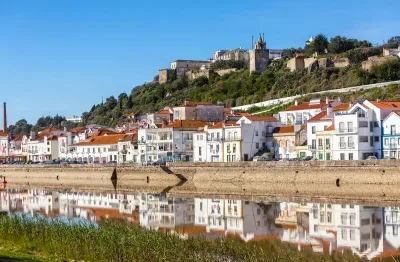
Alcácer do Sal is an historical town crowned by castles whose medieval cobbled streets, worn over time, cluster around the banks of the Sado River, in the district of the town of Setúbal. Wrought-iron balconies look out over the river and underneath them dwell a variety of cafés and restaurants. The Sado flows sleepily past, yet the mighty ramparts and towers remind us of times when this, like other hilltop towns in Portugal, played an important part in territorial battles.
Alcoutim
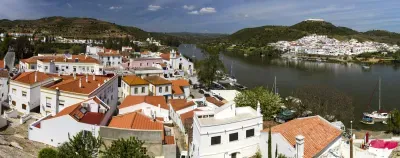
Situated around 40km (25 miles) from the coast, on the banks of the river Guadiana is the attractive village of Alcoutim. The village lies more or less on the northern border of the Algarve with the Alentejo, and more importantly the river border with Spain.
Alfama

Occupying the tallest of Lisbon's hills, the district of Alfama brims with the feel of times gone by and is the truly emblematic part of the city. Largely spared in the earthquake of 1755, it is still a maze of narrow streets and steep steps, dimly lit taverns, flower-laden iron balconies and diminutive squares.
Aljezur
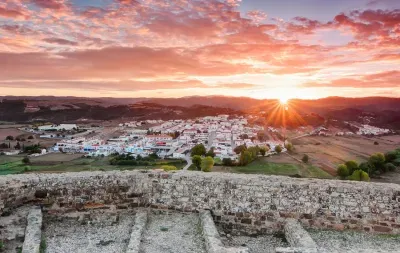
Aljezur is a small market town of whitewashed houses and cobbled streets located thirty kilometers north of Lagos near the border between the Algarve and the Alentejo in south west Portugal.
Almancil

A fifteen minute drive from the main airport in Faro, the small town of Almancil is perfectly pleasant and typical of the Algarve. The neighbouring village of São Lourenço boasts a church decorated with characteristic blue tiles telling the life story of its patron saint, this example of azulejo work being particularly notable because of its age, it dates back to 1730, and the fact that it is attributed to one of the azulejo masters of the time, Policarpo de Oliveira.
Alvor
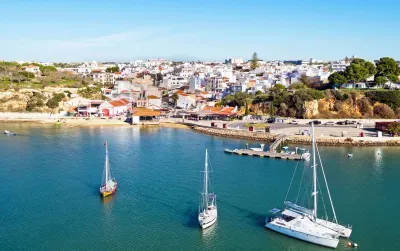
Situated roughly halfway between Portimão and Lagos is the pretty harbour village of Alvor. Given its position on the Algarve the village is remarkably unspoiled with the old village retaining much of its charm. Unlike many of the resorts along this coast it was the great earthquake of 1755 which did the greatest damage to this village and not the developers.
Amarante
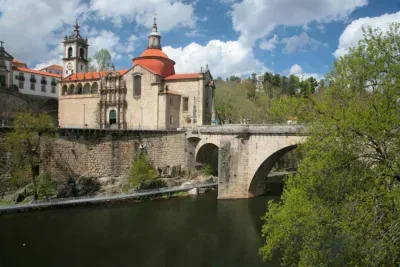
Amar is the Portuguese verb to love, and it is perhaps fitting that it should be the first part of the name of this attractive town. A settlement since the 4th century BC, Amarante is situated in the rich agricultural lands of the Minho region, the northern section of the country which is responsible for the grapes of the vinho verde, the young semi-sparkling ‘green’ wine unique to Portugal. The river Tâmega runs through the town and crossing this waterway is a striking arched bridge, the Ponte São Gonçalo.
Armação de Pêra
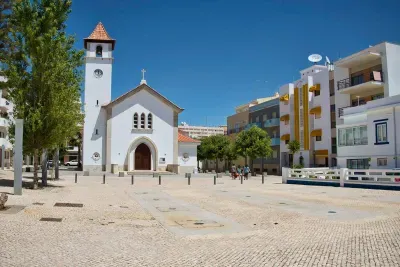
The Algarve resort of Armação de Pêra is located around 15km to the west of Albufeira. Set in a wide bay you won't be surprised that Armação de Pêra is something of a beach-lovers paradise. Those holidaying here are well catered for by the resorts many cafes, bars, restaurants, supermarkets and more than a few ice-cream shops.
Aveiro
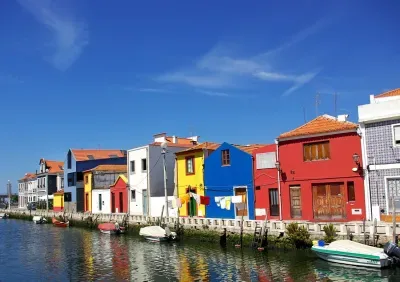
Aveiro is a medium town of around 55,000 people that grew up around its thriving port. Established in Roman times, Aveiro was initially known as Aviarium, meaning, "a gathering place or preserve of birds". As you would expect of a coastal town with good shelter for boats fishing was an important activity from the beginning. In fact the cod fishing grounds off the coast of Newfoundland were discovered by João Afonso, a son of Aveiro.
Azores
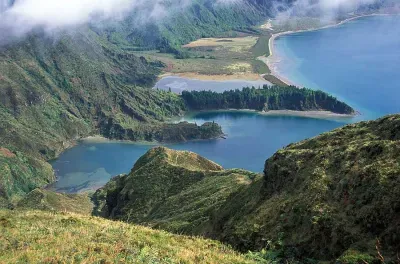
Rising straight out of the Atlantic Ocean around 1,500Km off the coast of mainland portugal is the Azores (Açores) archipelago. Volcanic in origin the chain stretches nearly 600 Km and comprises of nine significant islands and eight smaller islets known locally as formigas (ants!).
Bairro Alto
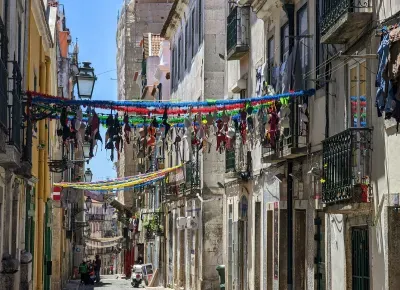
Literally translated, Biarro Alto means ‘high district’, it is of no surprise that this traditional area of Lisbon, one of the few unaffected by the earthquake of 1755, is found atop one of its many hills. Originally this was the realm of the comfortably-off and even today you can see noble houses, some with their own chapels, wresting for space with their smaller, more modest neighbours.
Baixa Chiado
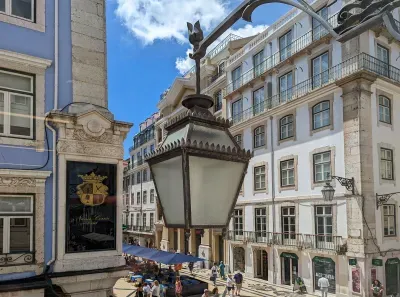
Baixa, literally translated as 'low', is situated in the gulf between the two main hills of the city and is the central business and shopping district of the capital. The 1755 earthquake and subsequent rebuilding by the then Prime Minister the Marques de Pombal are responsible for the orderly layout of this area, known formally as the Baixa Pombalina.
Barcelos
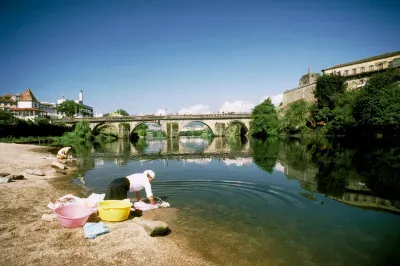
Probably the most famous symbol of Portugal, the colourful ceramic cockerel has its origins in the pretty town of Barcelos where, according to local legend, it is reputed to have saved the life of a traveller wrongly accused of theft by crowing his innocence. The full story of the "Barcelos Cock" is told on a 15th century cross found in ruins of the Palace of the Dukes of Braganca, destroyed by the 1755 earthquake.
Batalha
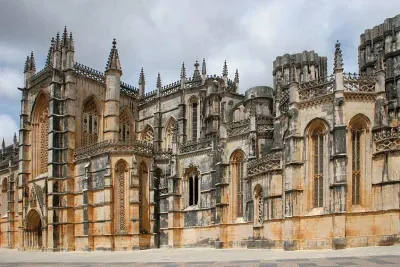
A small town amidst the hills of the Leiria area, Batalha only became a place of any significance upon the building of its magnificent monastery, now honoured with UNESCO World Heritage status. This gigantic pearl of Gothic architecture occupied Portugal's most accomplished tradesmen under Royal command for the best past of two centuries.
Beja
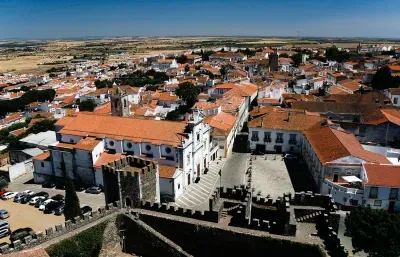
Inhabited since the Bronze Age, Beja became capital of the Lower Alentejo region under Roman rule in the 1st century and thence known as Pax Julia, after Julius Caesar. The Visigoths renamed it Paca until the invasion of the Moors in the 8th century where the definitive name Beja was declared. Its evident importance is perhaps owing to its stunning location rising sharply out of the fertile plains of the Baixo Alentejo, its majestic form still crowned with a castle dating back to the 14th century.
Belem
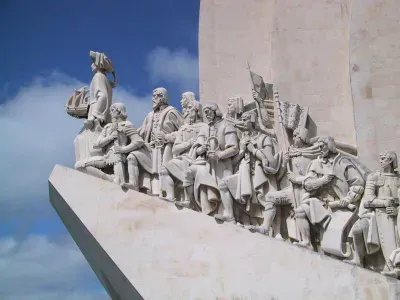
Beautiful, culturally resplendent and immensely significant in Portuguese history, Belém is one of the jewels in Lisbon’s crown. In terms of places to visit and sights to see, this elegant area of the city probably holds the record. Situated alongside the River Tagus, at the point where it meets the Atlantic, Belém is the place from which the caravels sailed on their voyage of discovery and in the 16th century life here revolved around the port.
Braga
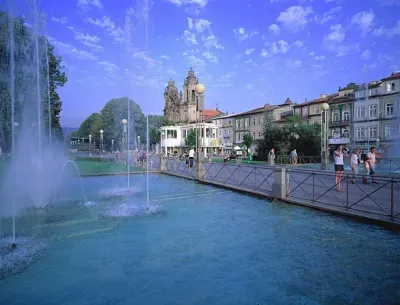
Famous for its historical buildings, monuments, gardens and fountains Braga is a beautiful city in the heart of the green Minho region where religious devotion in the form of many churches and other symbols of faith lies juxtaposed with the typical bustle of a modern city complete with restaurants, bars and a renowned nightlife, owing in some part to the local universities.
Braganca
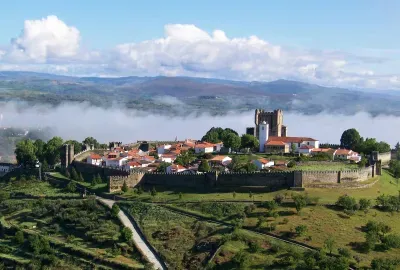
The name of the region of which Bragança is the capital belies its nature, being that Tras-os-Montes, quite literally 'behind the mountains', is easily the most remote part of mainland Portugal, if not western Europe. Here, ancient stone houses still cluster in small villages that seem unaffected by the speed and complexities of modern life, rich traditional dishes still fill the bellies of hard-working farmers and the general feel is one of pleasing distance, both physical and other, from the busier, more cosmopolitan parts of the country.
Burgau
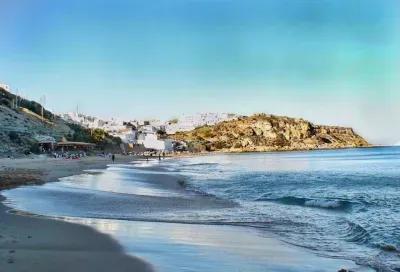
Situated on the coast between Lagos and Sagres is the fishing village of Burgau. Like much of the western Algarve the little fishing village was largely undiscovered by the tourism industry until relatively recently meaning it has largely escaped the unsympathetic development which blights much of the central coast. The village has somewhat spread out from the old centre but the new holiday accommodation is mostly low rise and inoffensive, if a little lacking in charm.
Cabanas
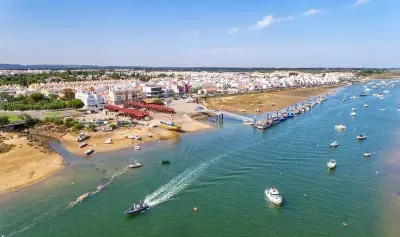
Once a sleepy fishing village, now a popular resort, Cabanas lies on a lagoon a short drive east of Tavira at the gateway to the Ria Formosa Natural Reserve. The Avenida Ria Formosa promenade runs along the seafront here and features a number of small shops, cafes and restaurants. On the seaward side of the promenade is an attractive new boardwalk which runs along the entire length of the lagoon.
Caldas da Rainha
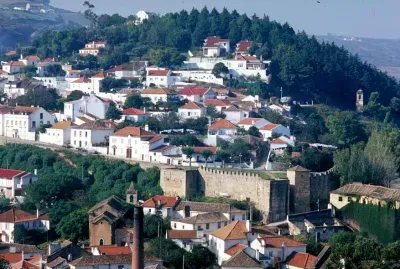
The origins of the spa town of Caldas da Rainha lie in a journey made by the 15th century Queen Leonor to her father-in-law’s funeral in neighbouring Batalha. Upon coming across peasants apparently bathing in unpleasantly smelling water, the queen enquired as to their motivation and was informed that the waters held curative powers. Leonor, herself rheumatic, put the waters to the test and on feeling relief from her affliction, ordered the construction of a thermal hospital so that others might benefit.
Carvoeiro
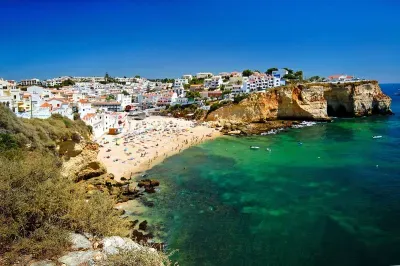
Carvoeiro is an Algarve fishing village turned tourist hot spot located five kilometers south of Lagoa. Built into steep red sea cliffs, the once-attractive village has mushroomed since the 1960s to accommodate (mainly in self-catering apartment blocks) the hordes of tourists who come every Summer to soak up the sun and escape the more hectic pace of towns such as Lagoa, Albufeira and Portimao.
Cascais
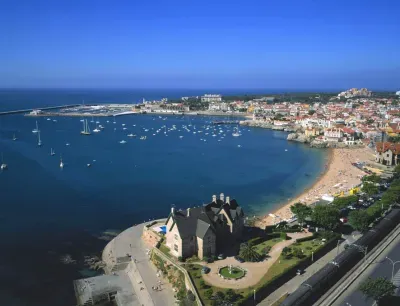
At the end of one of the suburban train lines out of the capital lies Cascais. This once tiny fishing village has grown in the last century to become the elegant beach town that it is today. Visitors are no stranger to Cascais, having attracted various monarchs over the ages, a summer-dwelling artistic community in the thirties and continued to charm people both Portuguese and foreign ever since.
Castelo Branco

Castelo Branco is the capital of what used to be the province of Beira Baixa. Located just twenty kilometers from the Spanish border, most of the historical character of Castelo Branco has been destroyed by numerous marauding armies.
Castelo de Vide
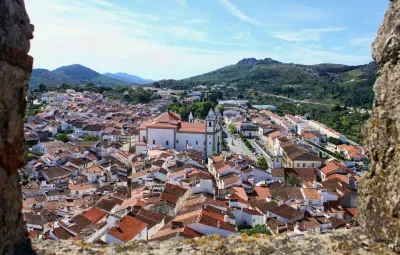
The small town of Castelo de Vide is one of the gems of the Alto Alentejo region. Here a jumble of red roofed, whitewashed houses clings to the side of the lush slopes of the foothills of the Serra de São Mamede. The old quarter has been described as one of the best preserved medieval towns in Portugal and it sometimes feels like life may not have changed much here since those days. What the town might lack in grand monuments it more than makes up for in ambience and charm.
Castro Marim
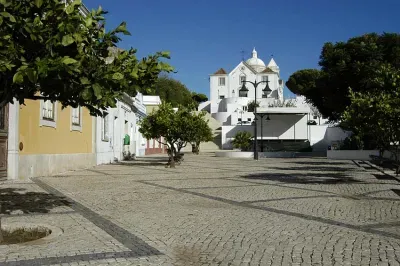
Set in the rolling green landscape overlooking the broadening of the river Guadiana is the timeworn village of Castro Marim. Not far from the Atlantic Ocean and just across this natural border with Spain Castro Marim has been strategically important throughout history. As far back as Roman times the river here was used to mark the boundary between what was then Lusitania and Baetica, which were to become Spain and Portugal respectively.
Chaves
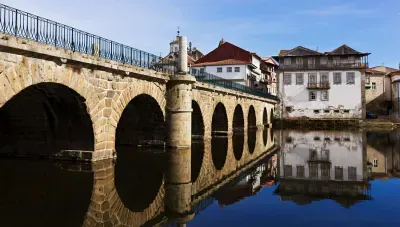
In the remote northern region of Trás-os-Montes, Chaves (meaning ‘keys’) is only 10 km away from Spain and lies on the upper stretch of the river Tâmega. It is a spa town steeped in history, the most important example of which is the fantastically maintained Roman Bridge. This feat of engineering was completed at the end of the 1st century and all twelve arches are still visible. Reputedly built by locally sourced slaves, as one of the inscribed stones attests, it allowed people to cross the river all year round, thus joining the two existing parishes.
Coimbra
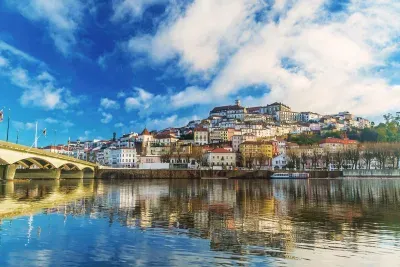
In terms of historic significance and romantic beauty, Coimbra is second only to Lisbon and Oporto. Its ancient buildings cling to the side of the hill that rises above the curves of the river Mondego, the ornate buildings of the famous University of Coimbra are its crowning glory.
Costa da Caparica
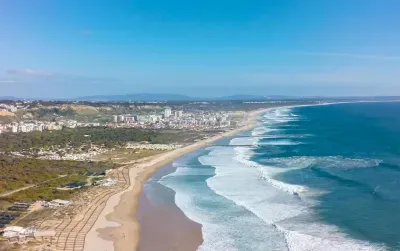
A stone’s throw away from the capital on the southern side of the Tejo River, the Costa da Caparica is basically a long stretch of sandy, clean beaches to suit all types of beachgoer. Stretching right down to the Cabo Espichel, its sandy expanses are lined with acacia and eucalyptus trees and sienna-coloured cliffs however it is the first five miles to the south of the town of Caparica which are the most well-known.
Covilhã

The Serra da Estrela is a wonderland of mountains. Clean air, crystal-clear streams and the ubiquitous sheep make it a magical destination far away from modern life. In the winter, the snowy peaks are a playground for skiers, Penha da Saude being one of the most popular slopes, and in the spring wild flowers grace its lower slopes. In one glacier valley in the South East of the area lies the charismatic town of Covilhã, known affectionately as the Gateway to the Serra da Estrela.
Douro Valley

The Douro Valley is home to the River Douro, the third largest river in the Iberian Peninsula, which runs for eight hundred and ninety seven kilometers from the Spanish town of Duruelo de la Sierra to Porto, Portugal's second city. For one hundred and twelve kilometers the river forms part of the border between Spain and Portugal. In the past, impassable canyons formed a barrier against marauding armies. Today this wild and beautiful frontier landscape is protected by the authority of the Douro Internacional Park.
Elvas

Set amidst the arid plains that form the border between Portugal and Spain is the uniquely well-preserved historic frontier town of Elvas. A mere 12km (7 miles) from the Spanish border and just across the river Guadiana from the city of Badajoz Elvas was once of great strategic importance.
Ericeira
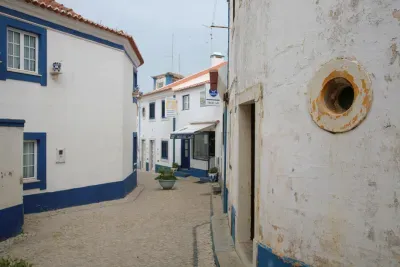
Ericeira, perched on high cliffs some thirty meters above a string of sandy beaches, has benefited greatly from it's location. A small fishing village whose name derives from sea urchins
Espinho
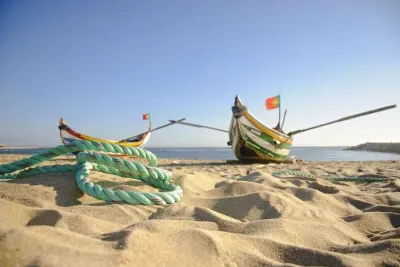
Originally a small fishing village boasting little more than a minor canning industry, the beach resort of Espinho now draws crowds to its golden beach and varied attractions, although the odd colourful narrow fishing boat can still be seen on the sands. Just over 10 miles south of Portugal’s second city, the majority of its visitors hail from the interior regions of the north.
Esposende
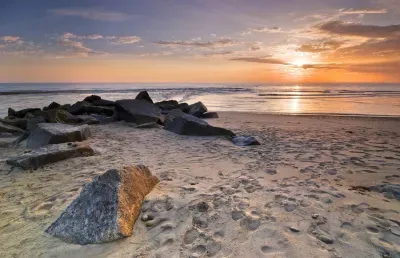
The town of Esposende is firmly off the international tourist trail and you will find barely a mention of it in any guide book. Despite this Esposende is well worth a visit if you are passing, which you may well be if you are visiting the medieval town of Barcelos or heading to the coast from Braga.
Estoi
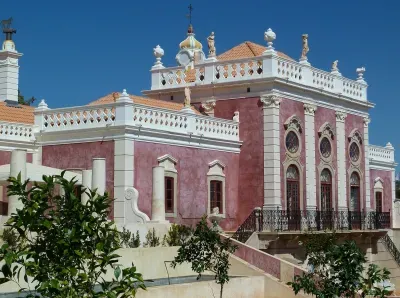
Situated less than 10 km from Faro and the coast is the charming little town of Estoi. It is well worth a visit if you are staying on the coast although it probably doesn't constitute a day trip in its own right.
Estoril

Long established as the cosmopolitan holiday destination of the rich and famous on the Portuguese Riviera, Estoril has an elegance more commonly attributed to resorts on the Côte d’Azur. Exiled royalty and deposed despots made this their haven during World War II, alongside spies from both sides. During a stay at the famous Palácio Hotel, Orson Wells apparently expressed amazement at the number of monarchs also in residence.
Estremoz

The semi-arid plains of the eastern Alentejo stretch for miles before the pyramid-like settlement of Estremoz looms into view. To sum this place up in a few words, one would choose historically significant, strategically situated and dramatic. During Portugal’s long struggle to retain its sovereignty in the face of invading Spanish armies, Estremoz always played a vital role.
Evora

Even from a distance the majestic importance of Evora is apparent, its cathedral dominating the view of the famous white and yellow city as it stands atop a hill surrounded by the vast expanses of the Alentejan plain in southeast Portugal. With over two thousand years of history and, therefore, a variety of cultural and architectural influences, Evora is a real national treasure and certainly merits its status as a UNESCO world heritage site.
Faro
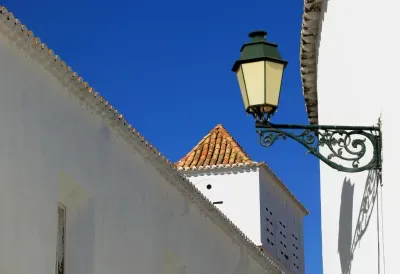
Surrounded by fertile fields of trees bearing fruit, olives and the almonds for which the Algarve is famous, Faro is a large town of over 50,000 inhabitants, the administrative capital of the province, lies at the heart of the Formosa Estuary. Under Moorish rule the port of Faro was of great importance but more recently it is the airport which serves as the entry point for millions of holidaymakers who flock annually to the south of Portugal.
Fátima
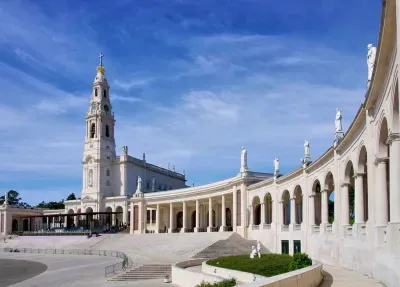
Once a tiny village in the hills of Santarém between Lisbon and Oporto, Fátima is now town of around 10,000 people globally renowned for the religious visions which took place here in 1917 and which have made it an important pilgrimage centre for the Catholic faith. Interestingly, given its now super strong links to the Catholic Church, name Fátima itself originates from a Moorish girl’s name.
Ferragudo
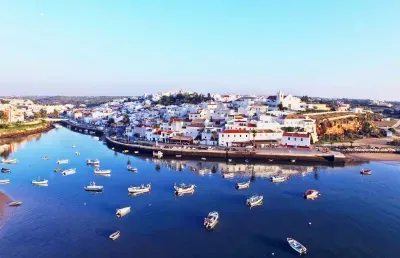
The attractive fishing village of Ferragudo has done a good job of avoiding the wholesale development that has affected much of this part of the Algarve. This is even more impressive considering its location at the mouth of the Rio Arade estuary, right across the water from the tourist hotspots of Portimão and Praia da Rocha. It is something of a wonder how the village has retained much of its traditional charm given its sprawling neighbours and prime location.
Figueira da Foz
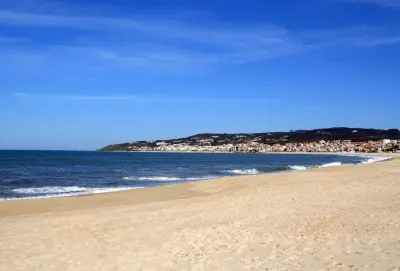
Its nickname, Rainha das Praias (Queen of Beaches) leaves us in no doubt as to the main attraction at Figueira da Foz. True to form, the summer months see its long stretches of golden sands attract swarms of beach lovers who come to swim, surf or simply soak up the rays of Figueira’s apparently above average amount of sunshine.
Flores

Graca
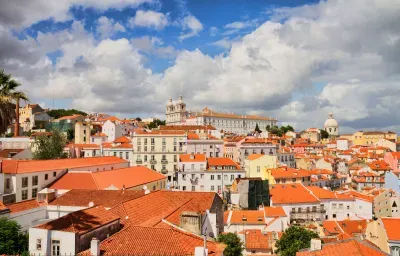
The Graça District is one of Lisbon's oldest suburbs, located on top of her highest hill, a few blocks north-east of the Castelo de Sao Jorge and just up the hill from São Vincente de Fora Monastery. The neighbourhood, which centres around the Lago da Graça (the number 28 tram stops here), boasts some of the most spectacular views in Lisbon.
Grândola

Grândola, in the Setúbal district, is a typical small Alentejan town. Set amidst plains of crops and vast gatherings of cork trees, for which the area is famous, it is hot and dusty in the summer months and yet captures the feeling of a place where people work hard but also take life at a leisurely pace, appreciating their surroundings – often the stereotype of the Alentejan people.
Guarda
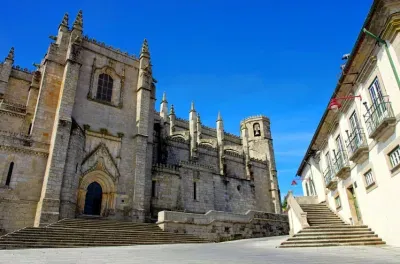
Its proximity to the Spanish border means that this whole area of the Beira region is dotted with fortifications and hilltop villages, and Guarda is no exception. Indeed its very name is an indication of its 'guarding' role. It served its purpose well under the Duke of Wellington against the French in the Peninsular War of the 1800s.
Guimarães
